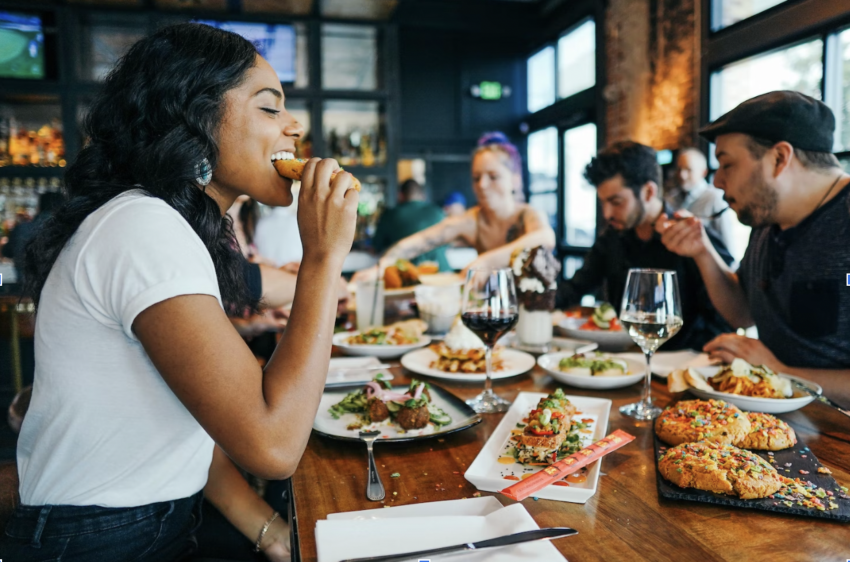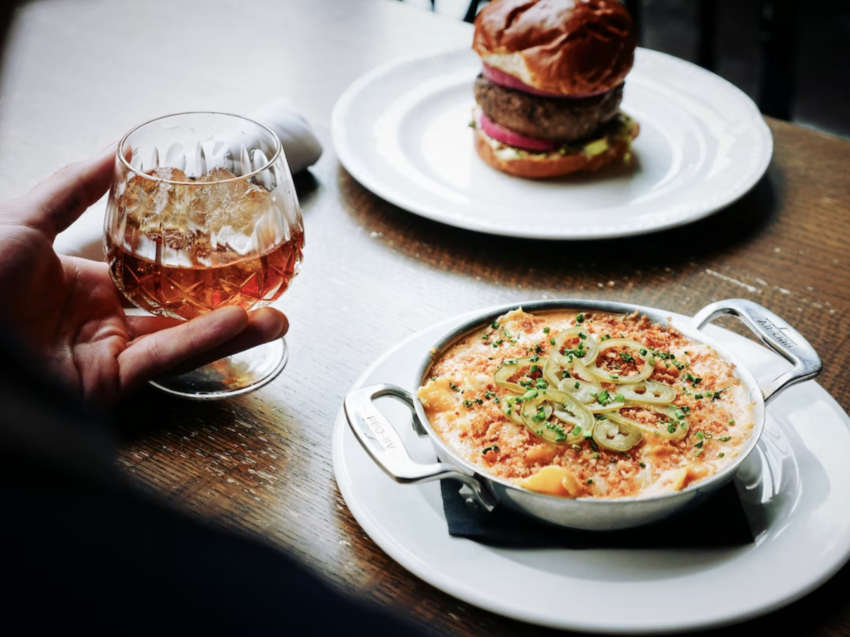
By Oscar Davis
While some hit the road for souvenirs and boutiques, others travel to marvel at historical sights. Nowadays, travelers are also inclined to explore other places for an outstanding gastronomic experience. Those bit by this culinary bug understand why: gastronomic experiences will enable you to engage in a country’s culture’s artistic, sensory expression.
Whether you intend to visit famous restaurants or try out delectable treats, culinary tourism is a critical ingredient to modern travel. If you’re a frequent flyer, this only means that you’ll have more opportunities to learn about other cultures through their food.
Furthermore, this is also a chance to learn and understand the dining etiquette of these countries. So get on that flight or book yourself for a long train travel and have an experience of a lifetime.
Why is dining etiquette important?
Mastering dining manners and business etiquette is imperative regardless of age, social status, or income level. There are two main reasons for this. The first is ensuring that people around us are comfortable in our presence.
Have you found yourself dining with someone who shows unhygienic table manners? How about one who coughs incessantly over the appetizer and chews with an open mouth? Do you want other people to see you eating this way?
The second and final reason is to enjoy the food, culture, and company of the people you dine with. You can confidently wine, eat, and mingle with people with different dining customs. You can show your respect and appreciation for their culture with this.
However, remember that there are general practices that show good manners and proper etiquette. Examples of these are the following:
- Keeping your cell phone on silent mode while eating
- Respecting the table setting
- Asking your companions for their food allergies before ordering
- Keeping the dinner table clean
- Avoiding slurping loudly as you eat
- Eating in small bites
- Excusing yourself when burping
- Asking for permission to leave from the host at the end of the meal
These practices may change as you travel. But in most cases, these show good manners and ensure a great dining experience.
Seven Countries and Their Dining Etiquettes You Should Know
If traveling to different countries to explore various delicacies is on your bucket list, learn the different dining etiquette around the world first. These basic rules will help you get through any dining opportunity as you travel. If you need help understanding these matters, this post is the best place to start.
Japan
Japan is renowned for being governed by a set of unspoken, stringent rules of etiquette. These strict rules are also evident in their dining etiquette. If you’re planning to visit Japan, here are some dining rules you should follow in this country of the sakura:
- Instead of using a salad fork, soup spoon, or other silverware, opt for chopsticks.
- Keep your chopsticks from sticking upright in your rice bowl and passing food directly from one chopstick to another. Both resemble funeral rituals and are deemed inappropriate.
- Refrain from being picky since the Japanese hate to waste food.
- Refrain from filling your own drinking glass.
- Take off your shoes before going inside someone’s home.
Italy
Are you planning to visit Italy anytime soon? Here are some dining manners you should observe in this beautiful country.
- Only start eating after the host says, “Buòn appetito!”
- Keep the knife in the right hand and the fork in the left hand without switching them during the meal.
- Keep your hands visible above the dining table when not using cutlery and other utensils. Resting your wrists on the table’s surface rather than your elbows is best.
- You may need to share a table when dining in less formal restaurants. If you require assistance from the waitstaff, establish eye contact to get their attention.
China
When a Chinese host invites you to a meal, consider your appearance. Bring small gifts depending on your relationship with the host. Showing up on time is also crucial. Aside from these, here is a list of Chinese table etiquette.
- Upon arrival to an informal or formal dinner, introduce yourself or allow the host to make introductions if you are unfamiliar with others in attendance. After introductions, sit according to the seating arrangement set by the host.
- Let older guests eat first, or wait for an elder to say “let’s eat” before you start eating. It’s impolite to start eating before the elders.
- You should avoid using chopsticks to dig through food and keep your eyes glued to the plates. These are considered impolite.
- If someone is pouring tea into your cup, express gratitude. Indicate that you have enough tea by tapping the table with your fingers twice or thrice. This gesture signals thanks to the pourer, and they will stop pouring once they see it.
Spain
Here are Spanish dining traditions you should be familiar with.
- You can only start to eat when all guests arrive.
- Feel free to dunk your bread in different sauces. This practice is allowed in Spain.
- “La de la vergüenza” refers to the last piece of bread that should be shared. Never take and consume the last bit of bread or cheese. Instead, wait for someone to ask if anyone wants it politely. Most of the time, the last piece gets divided, so everyone gets a share.

France
If you want to interact positively with the French locals, knowing their etiquette is essential. Here are important tips to follow. Dining etiquette in France includes:
- Make an effort to dress up when attending a French dinner party.
- Wait for the host to give a signal before you start eating.
- Keep your hands on the table.
- Always eat with a fork and knife.
- Eat everything on your plate, and refrain from asking for more.
India
Suppose you’re visiting India soon or invited to an Indian household for dinner. If that’s the case, it’s best to familiarize yourself with the basics of Indian dining etiquette. Here are facts about the proper dining etiquette rules in India.
- Eat with your hands to improve mindfulness.
- Remember to wash or clean your hands before and after you eat.
- Use your right hand instead of your left while eating, as the latter is considered unclean.
- Finish everything you put on your plate
- Remove your shoes before entering someone’s home and greet the host with “Namaste.”
Travel the World But Follow the Rules

Vietnam:
- Remove shoes before entering a Vietnamese home or restaurant, unless instructed otherwise.
- Wait to be seated or invited to sit down by the host or server.
- Typically, food is shared family-style and served in the center of the table for everyone to enjoy.
- Do not start eating until the oldest person or the host has taken the first bite.
- Use chopsticks to pick up food and a spoon for soup or rice.
- Do not use chopsticks to point or gesture while speaking.
- It is considered impolite to waste food, so take only what you can eat and ask for more if you’re still hungry.
- Burping and slurping are not considered rude in Vietnamese culture and are sometimes even seen as a compliment to the chef.
- When finished eating, place chopsticks on the table or chopstick rest, not sticking out of the food or bowl.
- If you’re invited to a formal or business dinner, dress appropriately and bring a small gift for the host, such as fruit or flowers.
- It is customary to offer a toast, or “chúc sức khỏe,” before drinking.
- Tipping is not expected but appreciated, especially for exceptional service.
- Saudi Arabia Might Be Your Next Getaway Spot - April 23, 2024
- Mongolia, the Land of Eternal Blue Sky - April 20, 2024
- These 9 U.S. National Parks Require Reservations in 2024 - April 17, 2024




